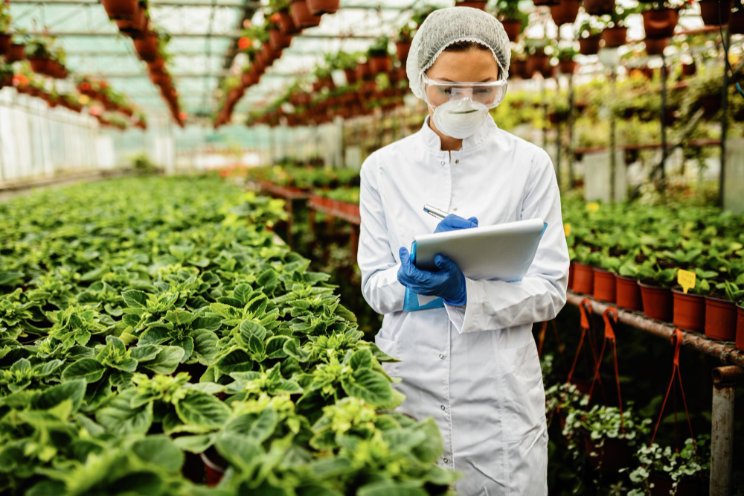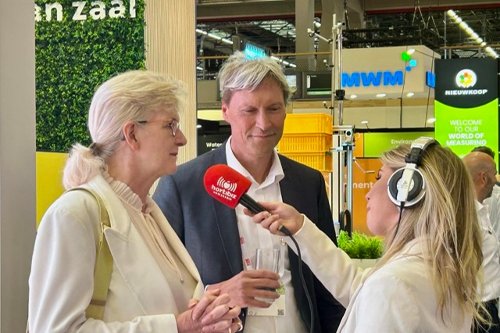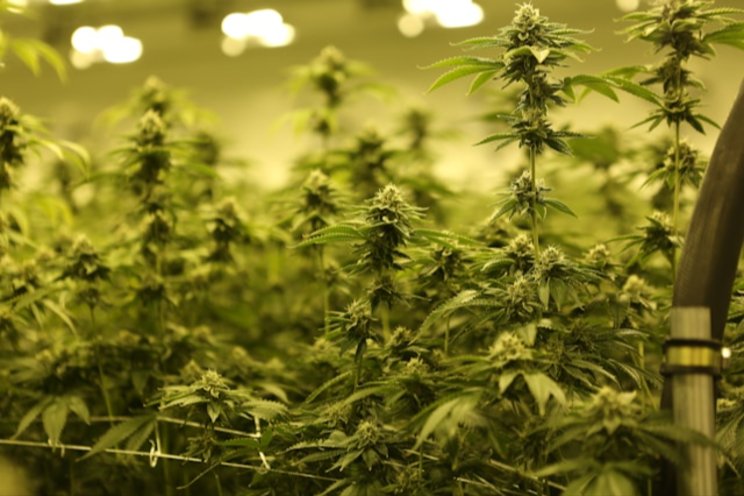CEA offers a positive long-term future
Added on 02 February 2023

While leading a panel discussion CEA and the future of food at the recent Vision Conference, Henry Gordon Smith, Founder and CEO of Agritecture, said he thinks today’s CEA troubles are a hiccup on forward progress. Recent operations have shuttered primarily because of dramatically increased fuel costs, although typical problems like poor planning also hamstring success. Still, he is undeterred.
“We really are on a mission to accelerate climate smart agriculture. It will allow us to grow the food in certain places where we weren’t able to before; to use less water, use less land,” he said, “And to do that globally.”
There are two types of CEA, he explained,
“One of them is vertical farming, which is typically the stack cultivation of crops,” Gordon Smith said. “And a hydro system tends to have no natural lights, completely artificial, or there’s greenhouses that have natural lights, sometimes artificial light.”
Selecting the right type of controlled-environment agriculture system is a very important decision that determines the long-term success of any project. The chart below highlights some of the differences.
Local Bounti is a company with greenhouses in six locations in the U.S. and is interested in not only lowering water, land, and chemical usage, but delivering a fresher, higher-quality product that consumers will pay more for, and to create innovative products that encourage consumers to eat more fresh produce.
Image by wayhomestudio on Freepik
More news















